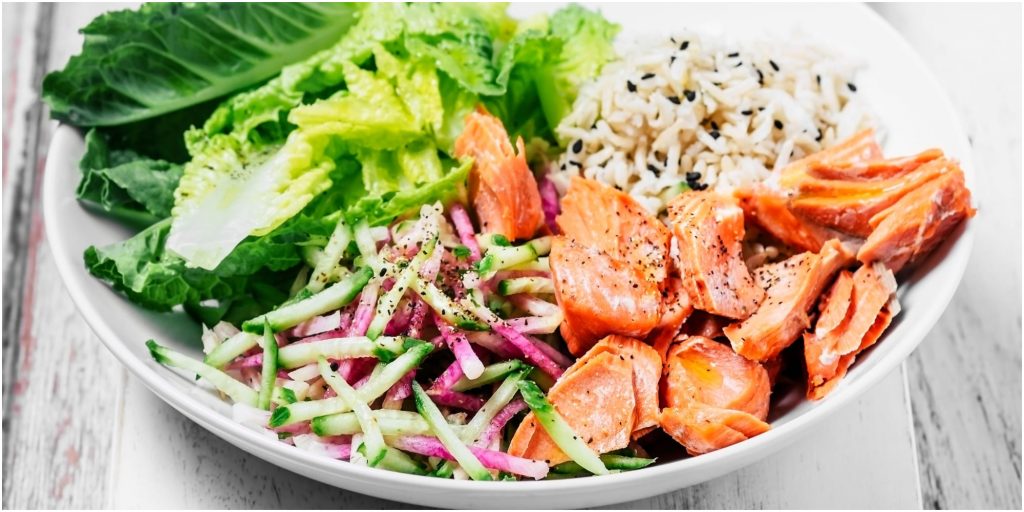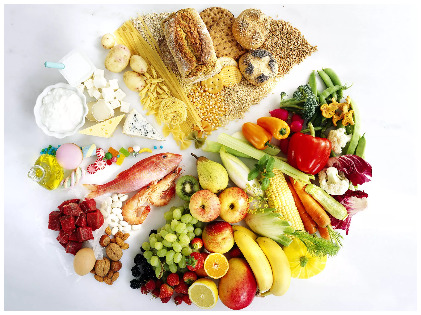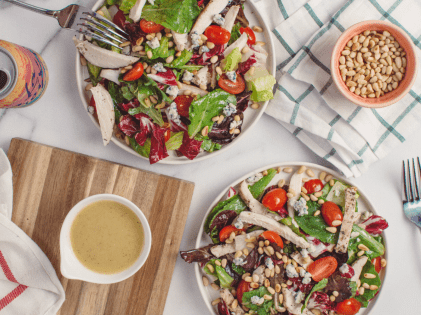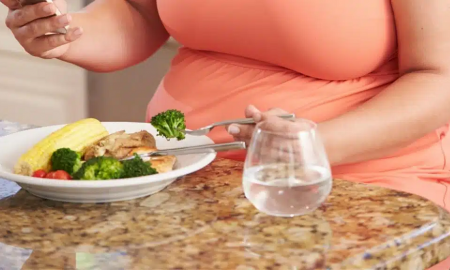
Counting Macros Made Easy

The main principle of counting your macros is to be able to meet your macronutrient daily intake goals every day. The macronutrients are protein, fat, and carbs. Once you start macro-counting, it becomes one of the most important part of your fitness journey. Macronutrient counting is typically followed by people following strength training workouts.
What’s The MacroNutrient Breakdown Meant to Look like?
 Most people tend to follow a breakdown around about 40% protein, 35% carbohydrates and 25% fat, but these figures tend to vary depending on a particular person’s activity level, metabolism, general health, and lifestyle. For this reason, it is not uncommon for people who are very serious about fitness to employ a sports nutritionist who works out a specific macronutrient diet for them.
Most people tend to follow a breakdown around about 40% protein, 35% carbohydrates and 25% fat, but these figures tend to vary depending on a particular person’s activity level, metabolism, general health, and lifestyle. For this reason, it is not uncommon for people who are very serious about fitness to employ a sports nutritionist who works out a specific macronutrient diet for them.
Here’s What You Can Do To Make Counting Macros Easier:
Use an App
To take out all of the guesswork and to avoid having to learn calculations and math all on your own (gasp!), you could actually simply use one of the highest-rated free apps that have done most of the work for you. All you need to do is then plug in your basic information and you are good to go! The advantage of using an app is that there is usually a social element to it, helping you connect to other like-minded people who are on a similar fitness journey as you are. The app works by processing your food inputs and giving you your macros in percentage, allowing you to adjust your serving as required!
Familiarize Yourself With Your Most Common Food items
 We all have a couple of food items that we eat regularly, whether it is our breakfast, snack, lunch or our dinner. Have a food diary and write down the foods that you most commonly and frequently eat. From there, learn the macros and the nutritional content of these foods and learn your servings. By breaking down the foods you regularly consume, the next time you serve a portion you know exactly how much of each macro you are getting. It’s a great starting point to build from.
We all have a couple of food items that we eat regularly, whether it is our breakfast, snack, lunch or our dinner. Have a food diary and write down the foods that you most commonly and frequently eat. From there, learn the macros and the nutritional content of these foods and learn your servings. By breaking down the foods you regularly consume, the next time you serve a portion you know exactly how much of each macro you are getting. It’s a great starting point to build from.
Use Your Hands as a Guide
Using your hands to help you work out the correct portion size per meal is an easy way to get into the habit of counting macros. This is a looser way of keeping track of macros, though quite effective. Besides, fretting over getting the exact macros on your plate will increase cortisol levels and only make stubborn fat even more stubborn. The idea here is that the protein on your plate should be about the size of your palm, and your carbohydrate serving about the size of your fist. The nail of your thumb is the portion size for your fat serving, which can be butter, olive oil or peanut butter.
Mix Your Meals Up
 Don’t fall victim to preparing the very same meals day in and day out! This is going to be a good way to grow tired of even the meals you love the most. If you are really struggling to keep up with counting macros, perhaps it may be best to have a meal rotation for each week of the month, so that you don’t become tired of chicken breast and boiled potatoes, for example. You still have to enjoy food, because you don’t want to develop a bad relationship with food – or worse, go on a junk food binge. Also, your body requires different foods to acquire all the various nutrients it needs for performing all its different functions, so variety is important.
Don’t fall victim to preparing the very same meals day in and day out! This is going to be a good way to grow tired of even the meals you love the most. If you are really struggling to keep up with counting macros, perhaps it may be best to have a meal rotation for each week of the month, so that you don’t become tired of chicken breast and boiled potatoes, for example. You still have to enjoy food, because you don’t want to develop a bad relationship with food – or worse, go on a junk food binge. Also, your body requires different foods to acquire all the various nutrients it needs for performing all its different functions, so variety is important.
Eating the correct combination of fats, carbohydrates and proteins is important to maintain satiety and to be energized, keeping you on your journey to achieving your fitness goals. This is not always easy, but with enough understanding of macronutrients you can certainly figure out the right diet for yourself. A little bit of math, some planning, and some recording is all you need to get going! The best news is that if you are focussing on weight loss and you absolutely don’t get the hang of counting your macronutrients, you can relax over your fat and carb count so long as you make sure you get your correct portion of protein for the day, coupled with a calorie deficit – this is a sure-fire recipe for weight loss!
More in Diet
-
`
How Breastfeeding Moms Can Sleep Well & Ensure Safer Sleep For Their Babies
Does breastfeeding make you tired? When a mother breastfeeds, her body releases a hormone called oxytocin. This “love hormone” plays a...
September 26, 2024 -
`
Novak Djokovic’s 25th Grand Slam – What to Expect in 2025?
As the tennis season draws to a close, Novak Djokovic faces an unprecedented challenge: ending a year without a Grand Slam...
September 22, 2024 -
`
3 Tips for Rotator Cuff Health to Speed Up Shoulder Recovery
Rotator cuff health tips can help reduce pain and improve mobility after an injury. The rotator cuff is crucial for shoulder...
September 12, 2024 -
`
Christina Aguilera Impresses Fans and Facial Aesthetics Docs With Ultra-Slim & Youthful Look
Christina Aguilera’s weight loss is a hot topic these days, and for good reason. After stepping out of the spotlight for...
September 7, 2024 -
`
Visiting Brussels, Belgium, For the First Time? Here is What You Should See & Do
When exploring the capital of Belgium, you might wonder what the top things to see and do are. This cosmopolitan hub,...
August 28, 2024 -
`
The Pork Adobo Recipe to Take Your Dinner to the Next Level
The pork adobo recipe is a culinary gem that truly showcases the heart of Filipino cuisine. This dish, deeply rooted in...
August 21, 2024 -
`
Can I Shrink My Liver in 2 Days? A Guide to Liver Shrinking Diets
Can I shrink my liver in 2 days? This question is often asked by individuals preparing for weight loss surgery or...
August 16, 2024 -
`
George Conway Weight Loss – How Did He Shed 40 Pounds?
George Conway, the legal eagle turned political commentator, has recently captured the public’s attention for more than his sharp legal mind....
August 5, 2024 -
`
Japan Trip Cost in 2024: A Comprehensive Guide For Beginners
How much would a trip to Japan cost? Well, it is a dream destination for many, but understanding the expenses involved can...
July 31, 2024










You must be logged in to post a comment Login